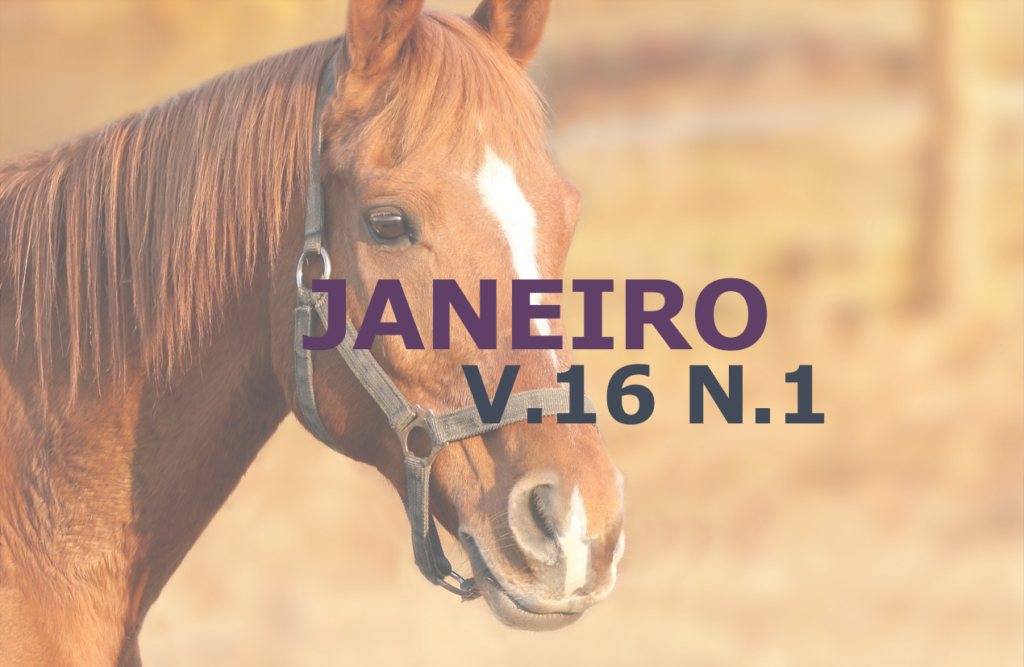Axial pattern flap in the facial region of a canine: Case report
DOI:
https://doi.org/10.31533/pubvet.v16n01a1023.1-5Keywords:
Reconstructive surgeries, quality of life, well-being, traumaAbstract
Reconstructive surgeries aim to seek results in order to benefit animals with trauma to their anatomy, correcting dysfunctions or losses, whether sensory or motor, through the use of flaps, grafts and/or biomaterials; when primary way closing is not possible due to excess tension. The procedure requires technical experience from the professional throughout the process, from the choice of the technique to be used and in the pre- and postoperative follow-up, thus avoiding unnecessary complications or costs. The specific factors to be evaluated start with the location of the lesion and its extension in the animal's body, including bone or tendons, degree of contamination due to exposure time, amount of blood available and finally the amount of skin and elasticity for closing. Thus, the objective of this paper is to describe a report of a reconstructive surgery procedure in axial pattern in the facial region of a canine. The omocervical axial pattern flap proved to be an excellent model for the reconstruction of large defects in the lateral face region. Surgical planning, intraoperative conduct and established postoperative management contributed to a successful postoperative period, with a good recovery of the patient and without complications, currently being a healthy animal.
Downloads
Published
Issue
Section
License
Copyright (c) 2022 Natarsha de Aguiar Freire, André Rebelo Pantoja, Dejane Neves Linhares

This work is licensed under a Creative Commons Attribution 4.0 International License.
Você tem o direito de:
Compartilhar — copiar e redistribuir o material em qualquer suporte ou formato
Adaptar — remixar, transformar, e criar a partir do material para qualquer fim, mesmo que comercial.
O licenciante não pode revogar estes direitos desde que você respeite os termos da licença. De acordo com os termos seguintes:
Atribuição
— Você deve dar o crédito apropriado, prover um link para a licença e indicar se mudanças foram feitas. Você deve fazê-lo em qualquer circunstância razoável, mas de nenhuma maneira que sugira que o licenciante apoia você ou o seu uso. Sem restrições adicionais
— Você não pode aplicar termos jurídicos ou medidas de caráter tecnológico que restrinjam legalmente outros de fazerem algo que a licença permita.





